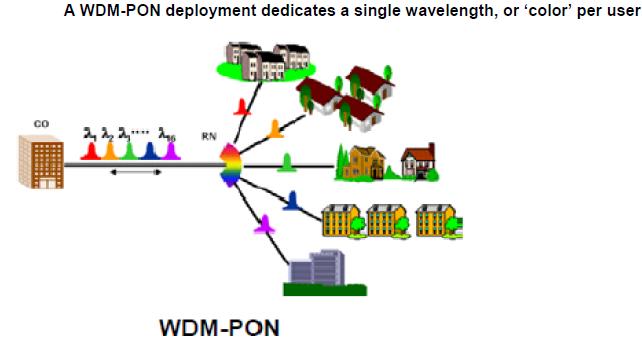 Google has never done things traditionally and has always had the Out of the Box Approach be it their Core Search, Advertising, IPO, Mobile OS, etc. The engineering giant recruits highest quality product engineers that fit the founders DNA which propagates down the hierarchy. I’d like to quickly demonstrate how Google’s Fiber Broadband in Kansas is ahead of its competitors in the US [ Indian Telecom / ISP companies don’t even want to compare themselves :-)]
Google has never done things traditionally and has always had the Out of the Box Approach be it their Core Search, Advertising, IPO, Mobile OS, etc. The engineering giant recruits highest quality product engineers that fit the founders DNA which propagates down the hierarchy. I’d like to quickly demonstrate how Google’s Fiber Broadband in Kansas is ahead of its competitors in the US [ Indian Telecom / ISP companies don’t even want to compare themselves :-)]
Exploring Several Research Papers available on the Web, I believe Google Fiber network uses the WDM-PON architecture (wavelength division multiplexing passive optical networking) versus the GPON architecture used by competitor Verizon. There are similarities and differences, notably regarding speed and cost, when comparing these two technologies.
By using WDM-PON, Google can guarantee a higher speed than in a commercially available GPON architecture. Passive optical networking (PON) architecture is similar regardless of the prefix: a single fiber is laid from a central point to a splitter, and each user gets an individual fiber strand from there. In WDM-PON, each end user is assigned an individual wavelength (or ‘color’) with dedicated capacity of 1Gbps. This is higher than what will be generally possible in GPON, where a single wavelength with 2.4Gbps is distributed simultaneously to, and shared among, all end users.
Increased Cost for WDM-PON
With each user having their own wavelength in a WDM-PON system, the central office cost increases as each user needs its own port. As the number of required ports rises, so do power and cooling costs. Since a single wavelength is shared in a GPON system, the number of ports required is far lower.
The following Figure Shows the Network Architecture of the WDM-PON Fiber Broadband
Source: FTTH Look Ahead – Technologies & Architectures

The end-user equipment, or the optical network terminal (ONT), also costs more in the WDM-PON system. Since it is hard to know which wavelength an ONT will use until it is deployed, and to remove the complexity of carrying different ONTs in inventory, each one will have a more expensive tunable laser. A simpler laser is needed for GPON since the uplink is done on a single predetermined wavelength (though the time-scheduled nature of that upstream signal does lead to some capacity wastage).
Corrupt Politicians and Bureaucrats in Government, Telecom Regulatory along with Corporate entities from Mumbai have completely destroyed the progression of Indian Telecommunications Sector and the word innovation is out of their dictionary. So for now let us just read and hope some Good Samaritan will bring the light of fiber broadband to us.